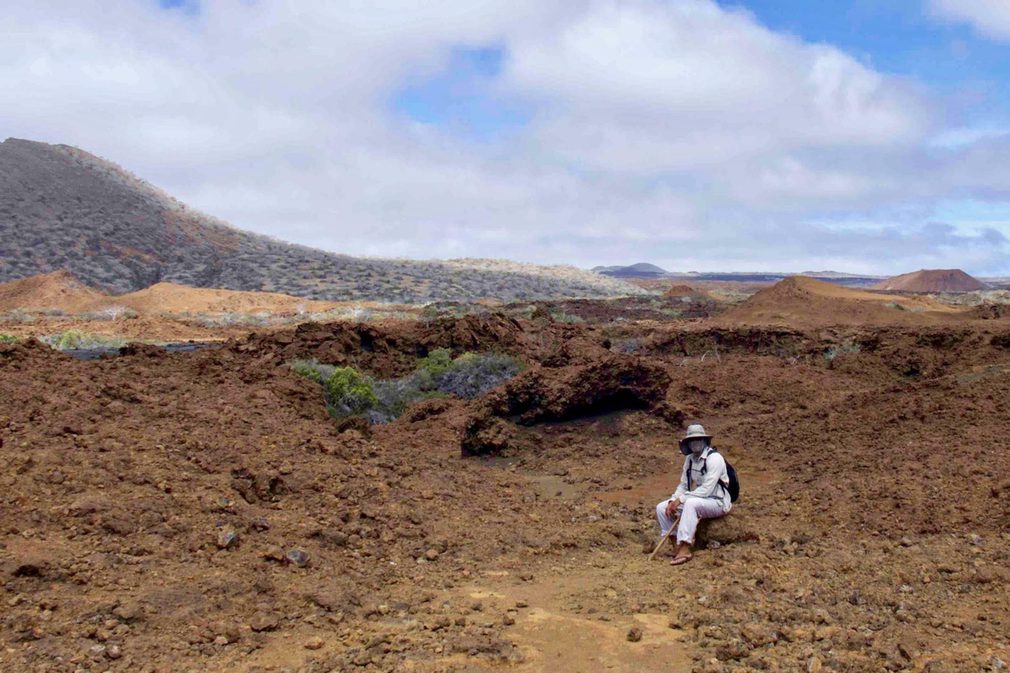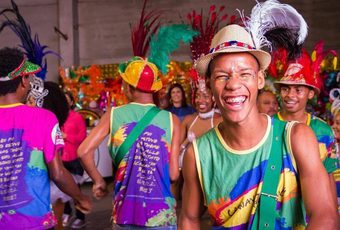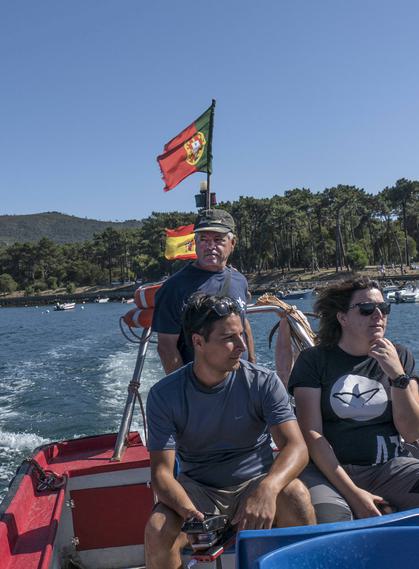Are land-based trips to the Galapagos Islands sustainable?

At a time when travellers pay more and more attention to sustainability, it’s no surprise that concerns about land-based trips to the Galapagos Islands have emerged.
It’s true that this sector of tourism has been growing at a much faster rate than the more regulated vessel-based tours, so this is a legitimate worry.
Last year alone, over 200,000 visitors came to the Galapagos, so part of the challenge for the Galapagos is to manage the relationship between humans and animals sustainably.
With the islands holding more than 25,000 people and half of them depending directly on tourism, responsibly managed land-based trips can make a huge difference though, as unlike most cruises they do put money into the local economy.
Moreover, land-based tourism has also played a positive role in funding ongoing conservation and giving local people the means to make money from wildlife on the Galapagos. So in the end it’s in everyone’s best interest - including the wildlife’s - to keep the visitors happy, by keeping the islands as pristine as possible.
Of course, land-based trips to the Galapagos Islands only work if each and every visitor ensures that their visit is managed as sustainably as possible. In any case, travellers must choose an operator very carefully to ensure that all National Park rules are being strictly observed.
There are some land-based tourism projects which actively promote this balance and are every bit as sustainable and responsible as a small boat cruise. At Pura, we only work with land-based operations which have a proven track record of responsible, sustainable management. Operations which contribute to the protection of the islands - not their detriment - by putting time, money and effort into preserving them so they can be enjoyed by travellers and locals for years to come.
One of them includes Casa Playa Mann, a six-room lodging on San Cristobal Island. With only six rooms, this fantastic hotel run by Lucia Vela Riera, a native of the island and former official tourism director, focus on simplicity and ecotourism.
Built in 2013, the construction of the house revolved around conservation standards and care for the environment: there’s a wastewater treatment system for irrigating the garden, while natural ventilation and lighting in the rooms reduce the use of electricity. As for the facade of the house, local wood and bamboo were used to maintain harmony with the natural environment and a 120 year-old candelabra cactus in the entrance was preserved.
Besides the sustainability point of view, there is still truth in the argument that you are likely to see more wildlife on a cruise, certainly if your planned stay on land is short.
If, however, you can spend longer (10 or 12 nights) on a Galapagos land-based tour, then you’re very likely to get equal exposure to wildlife as the cruise passengers. Moreover you’ll be able to spend longer on each island to explore in greater depth as well as managing your own activities (walk, kayak, snorkel, cycle…), with more flexibility and freedom than within a pre-established itinerary.
Our Ecuador holidays Get in touch Subscribe to The Pothole
The Pothole is Pura Aventura's popular monthly email. We share what we love, what interests us and what we find challenging. And we don't Photoshop out the bits everyone else does. We like to think our considered opinions provide food for thought, and will sometimes put a smile on your face. They've even been known to make people cry. You can click here to subscribe and, naturally, unsubscribe at any time.
The Pothole is Pura Aventura's popular monthly email. We share what we love, what interests us and what we find challenging. And we don't Photoshop out the bits everyone else does. We like to think our considered opinions provide food for thought, and will sometimes put a smile on your face. They've even been known to make people cry. You can click here to subscribe and, naturally, unsubscribe at any time.








 By
By 

